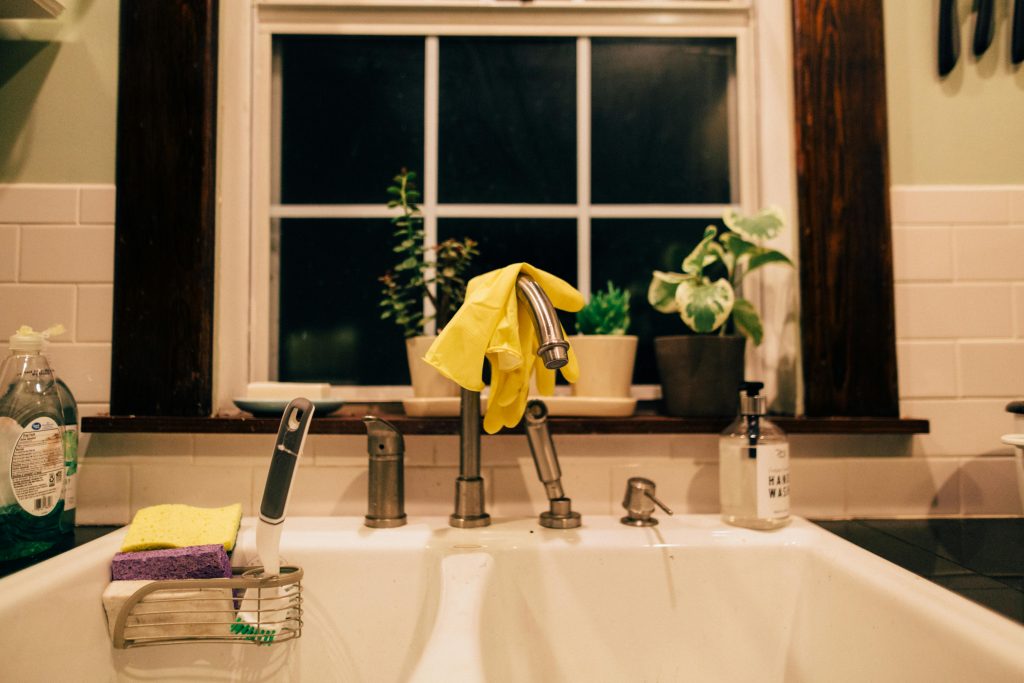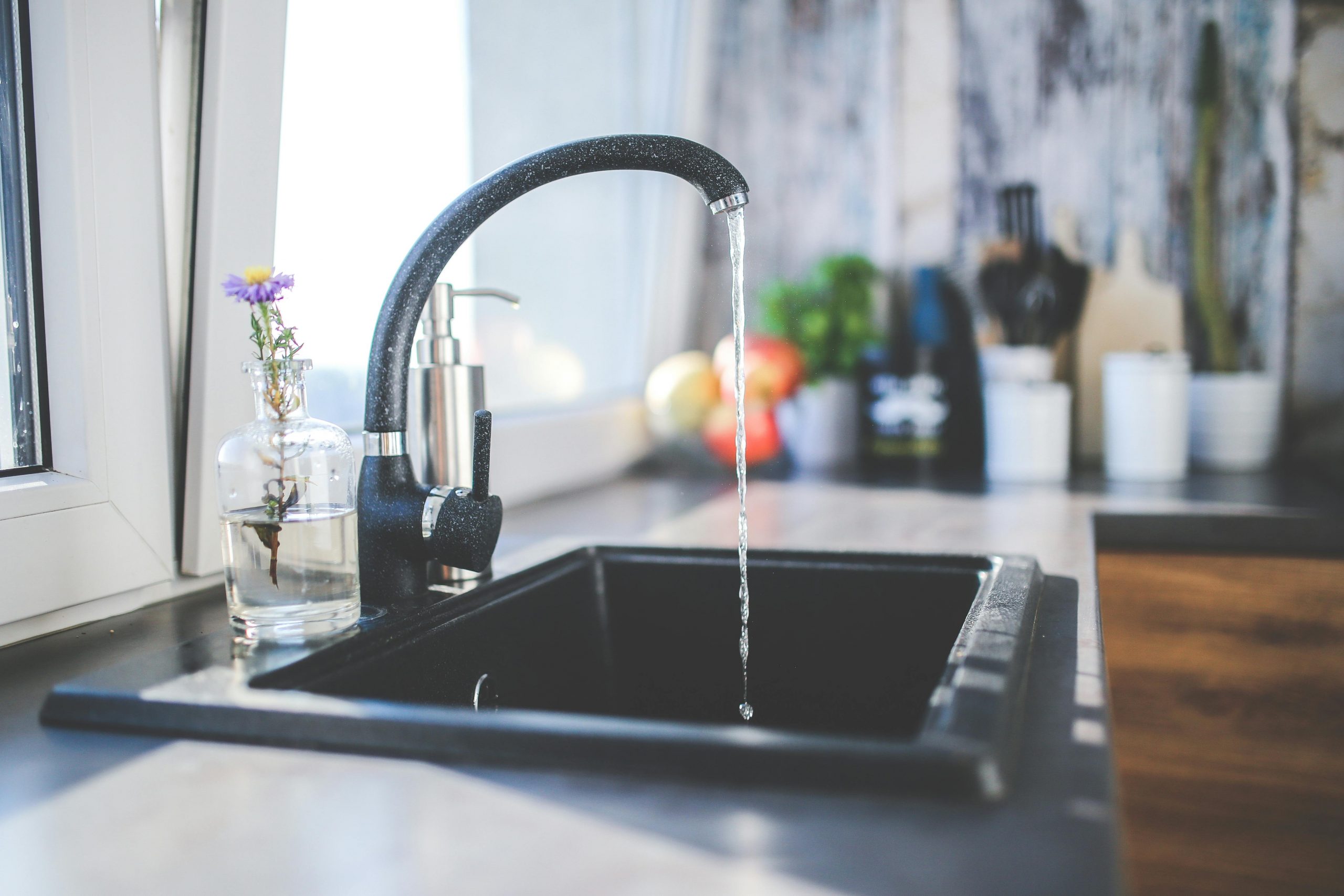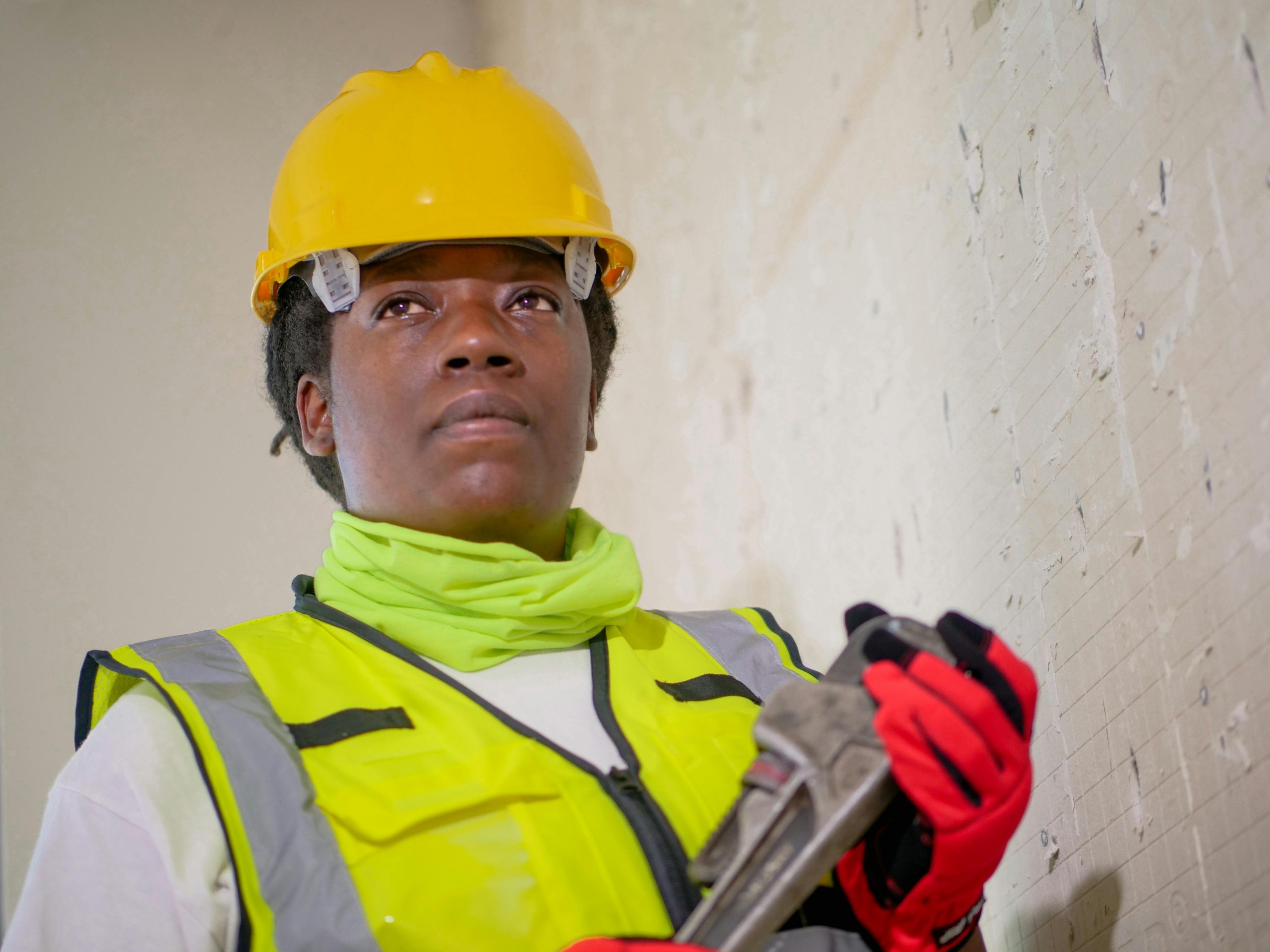
A leaking garbage disposal can be a real headache. It may start as a few drops under the sink but can quickly turn into water damage, bad smells, or even mold. Luckily, many leaks are easy to fix once you know what to look for. Whether your disposal is leaking from the top, side, or bottom, this guide will walk you through how to find the problem—and what to do next.
We’ll cover the common leak spots, step-by-step repair tips, and how to stop future problems before they start. You’ll also learn what to do if your garbage disposal not working becomes an issue alongside the leak. By the end, you’ll know when a DIY fix is enough and when it’s time to call in the pros.
Let’s get started!
Where Is the Leak Coming From?
The first step is to figure out where the leak is. Most garbage disposals leak from one of three places:
- The top, where the disposal connects to the sink
- The side, where hoses and pipes attach
- The bottom, usually from inside the unit
To find the leak:
- Dry the disposal and surrounding area with a towel.
- Turn on the water and check for drips.
- Use a flashlight to spot where the moisture appears.
Once you know where the leak starts, you can choose the right fix.
Leak #1: Top of the Garbage Disposal (Sink Flange)
Why It Leaks
Water at the top of the unit often means the sink flange is loose or the plumber’s putty has failed.
How to Fix It
- Turn off power at the breaker.
- Loosen the mounting ring and remove the disposal.
- Clean off any old putty and dirt around the flange.
- Apply new plumber’s putty to the sink flange.
- Reattach the flange and remount the disposal.
- Wait 30 minutes, then run water to test for leaks.
This repair often stops leaks at the sink connection.
Leak #2: Side of the Disposal (Hoses & Pipes)
Dishwasher Hose
Why It Leaks:
The rubber hose from your dishwasher might be cracked or loose.
Fix It:
- Inspect the hose for damage.
- Tighten the clamp or replace the hose.
- Run your dishwasher to test the fix.
Drainpipe (Discharge Tube)
Why It Leaks:
The drainpipe moves waste water into your home plumbing. Leaks usually come from a worn-out gasket or loose screws.
Fix It:
- Check the pipe and gasket.
- Replace the rubber gasket if needed.
- Tighten screws evenly. Don’t overtighten—they can crack plastic parts.
Leaks on the side are often quick and affordable to fix.
Leak #3: Bottom of the Garbage Disposal
Why It Leaks
Water leaking from the bottom usually means the internal seals or motor are worn out. If the leak comes from the reset button or motor, the disposal is likely too old to repair.
How to Fix It
- Unplug the disposal or turn off power at the breaker.
- Place a bucket or towel under the unit.
- Disconnect the disposal and inspect the bottom for damage.
- If there’s rust or cracks, replace the unit entirely.
This kind of leak usually means it’s time to buy a new disposal.
Preventing Future Leaks
Once your disposal is fixed, you can take steps to prevent future problems:
- Use cold water when running the disposal to harden grease and flush waste.
- Avoid putting bones, grease, or fibrous foods (like celery or corn husks) down the drain.
- Run the disposal regularly to avoid buildup and corrosion.
- Clean the unit with baking soda and vinegar once a week.
- Tighten all connections every few months.
These simple habits can help extend the life of your disposal and keep leaks away.
What If Your Garbage Disposal Not Working Too?
If your garbage disposal is leaking and not turning on, there could be multiple problems happening at once.
Here’s what to check:
1. Is it Plugged In?
Sometimes it’s as simple as a loose power cord. Check that it’s plugged into the outlet under your sink.
2. Try the Reset Button
On the bottom of the unit, press the small red reset button. If it popped out, your unit may have overheated and shut off automatically.
3. Clear a Jam
Use a hex (Allen) wrench in the hole on the bottom of the disposal. Turn it back and forth to manually free the blades if they’re stuck.
4. Call a Pro or Replace the Unit
If none of these work—and it’s leaking too—your disposal is probably due for a full replacement.
When to Call a Plumber
You can fix many garbage disposal leaks on your own. But if the leak:
- Continues after a fix
- Comes from multiple spots
- Includes electrical issues
- Causes damage to cabinets or flooring
…it’s best to call a professional.
A licensed plumber can inspect the unit, replace faulty parts, or install a new disposal. This saves time and ensures a safe, leak-free setup.
Conclusion
A leaking garbage disposal might seem like a big deal, but it’s usually something you can fix with basic tools and a little time. First, find where the leak is coming from—top, side, or bottom. Then use the right repair method to stop the drip. Regular cleaning and smart habits will help you avoid future problems. And if your garbage disposal not working becomes part of the issue, it may be time for a full replacement.
When in doubt, don’t hesitate to call a pro. A quick repair now can save you hundreds in water damage later.


